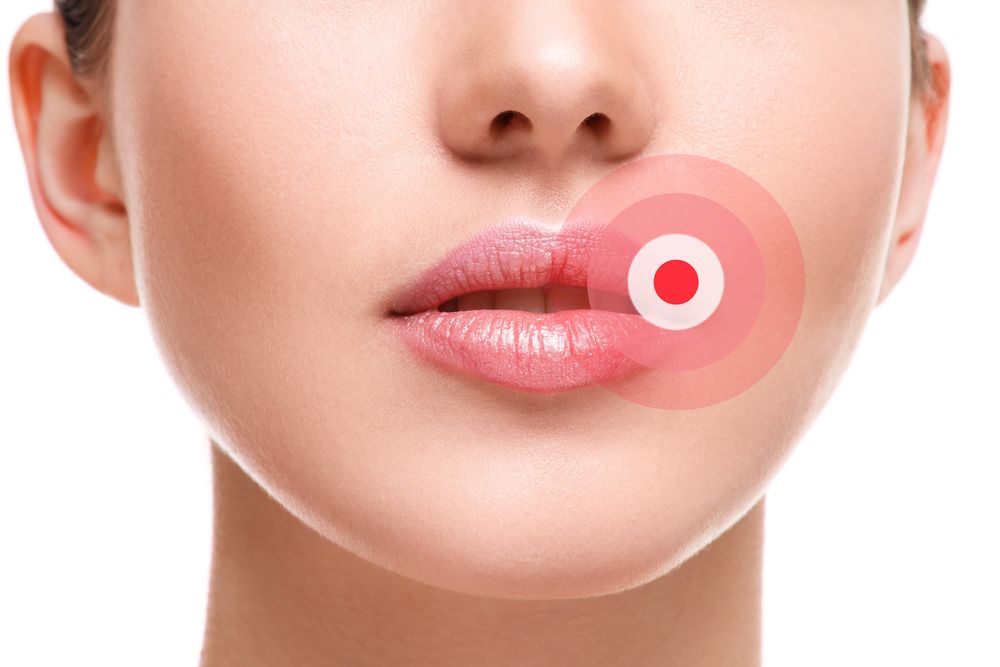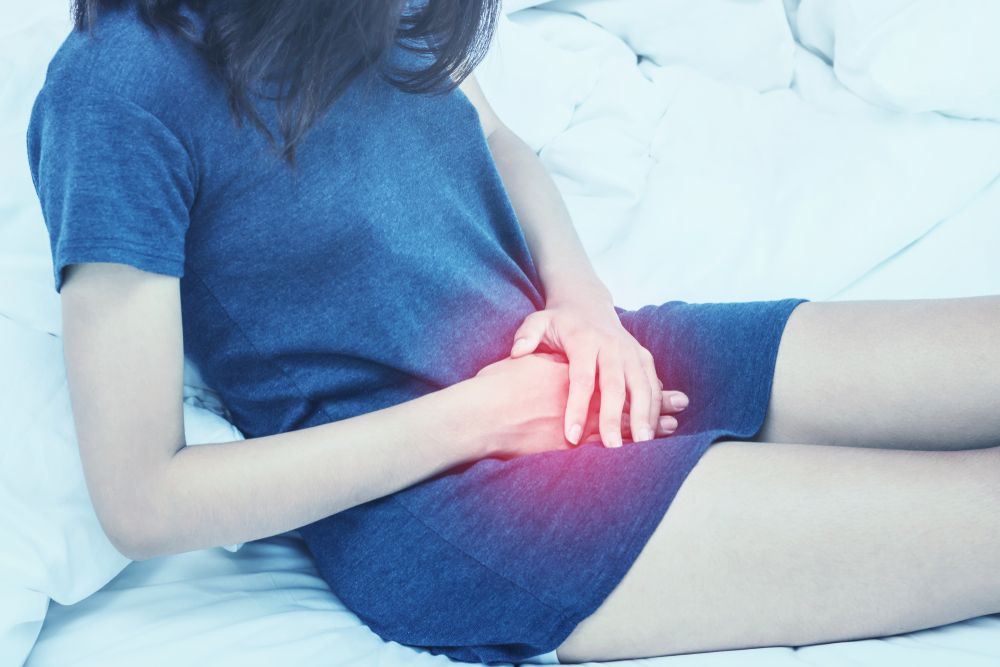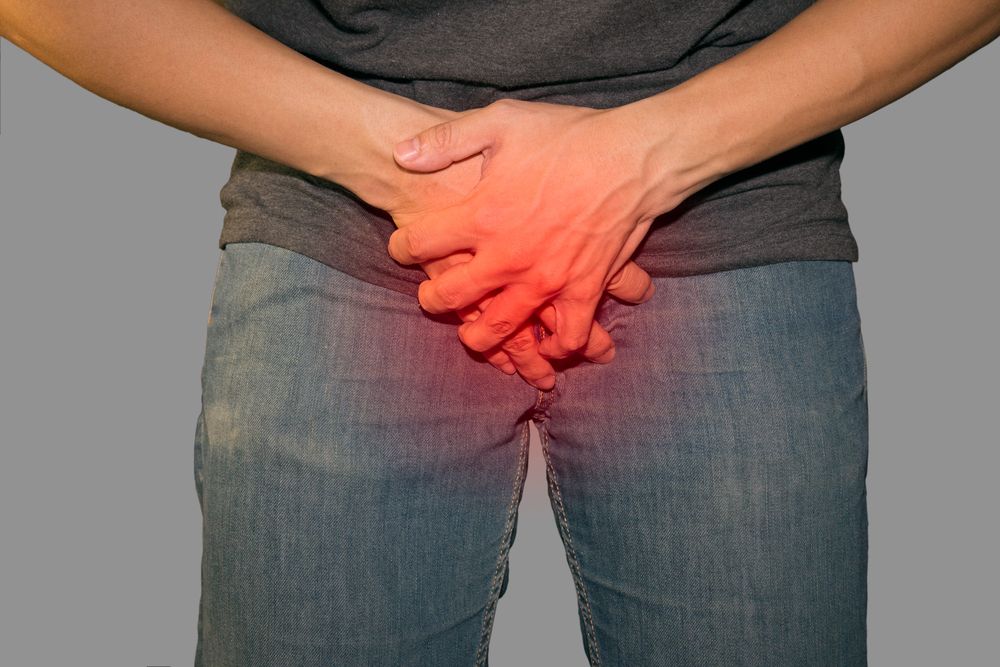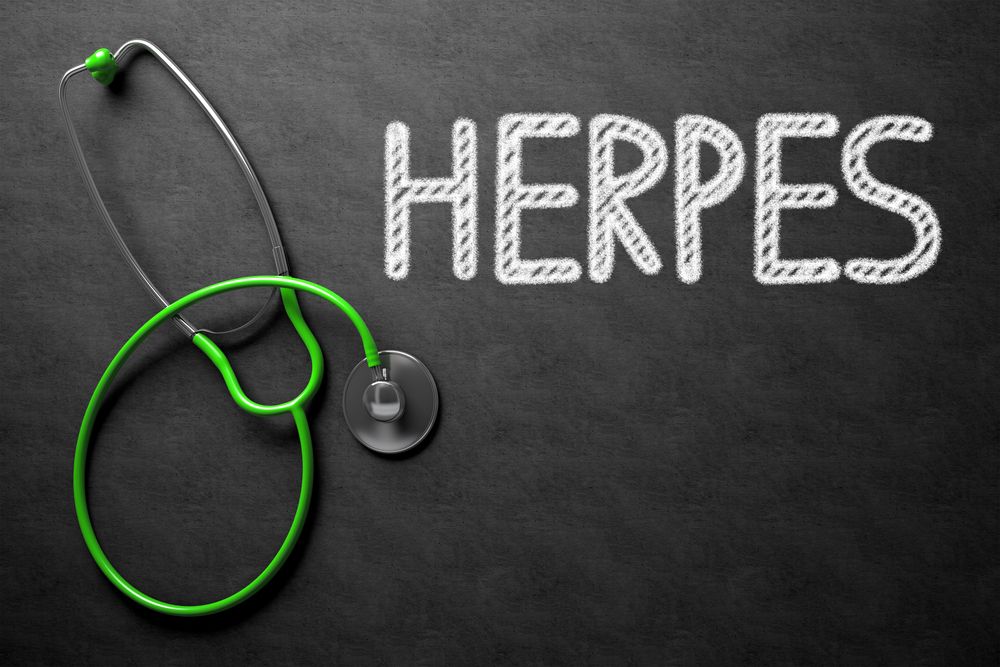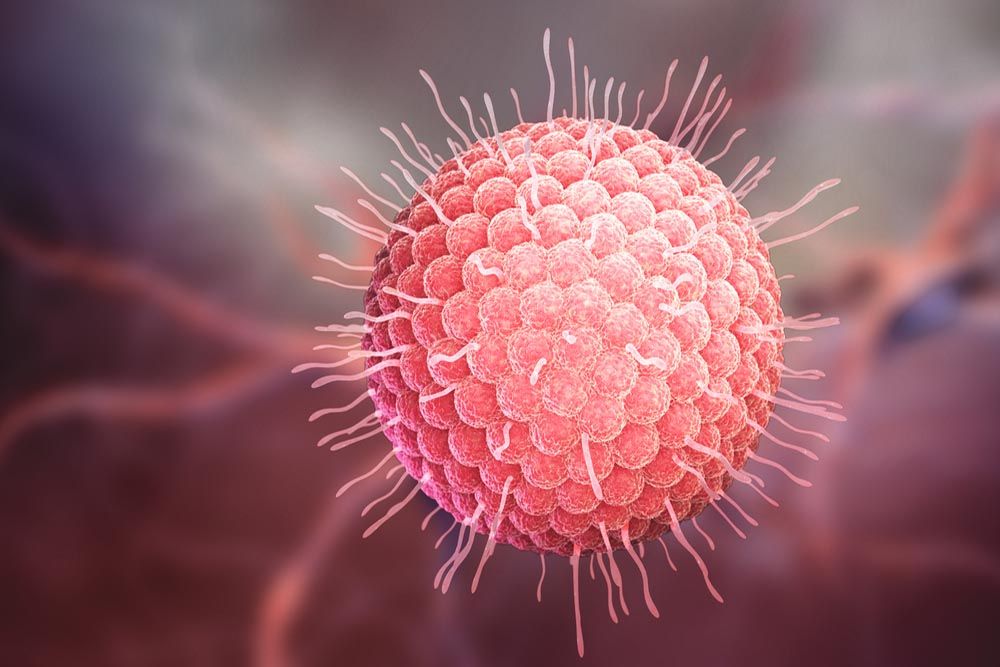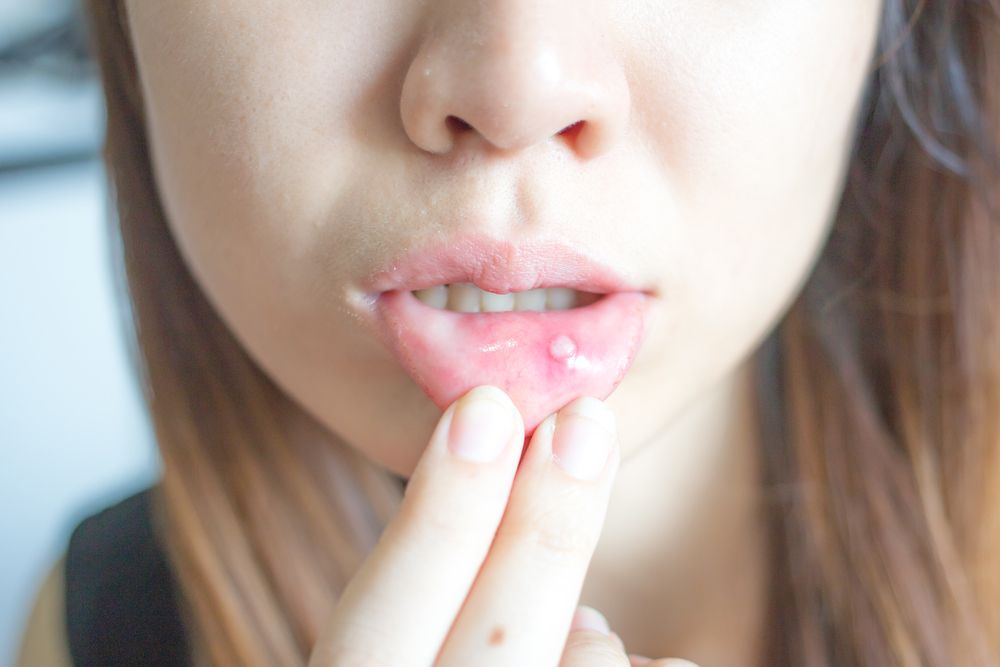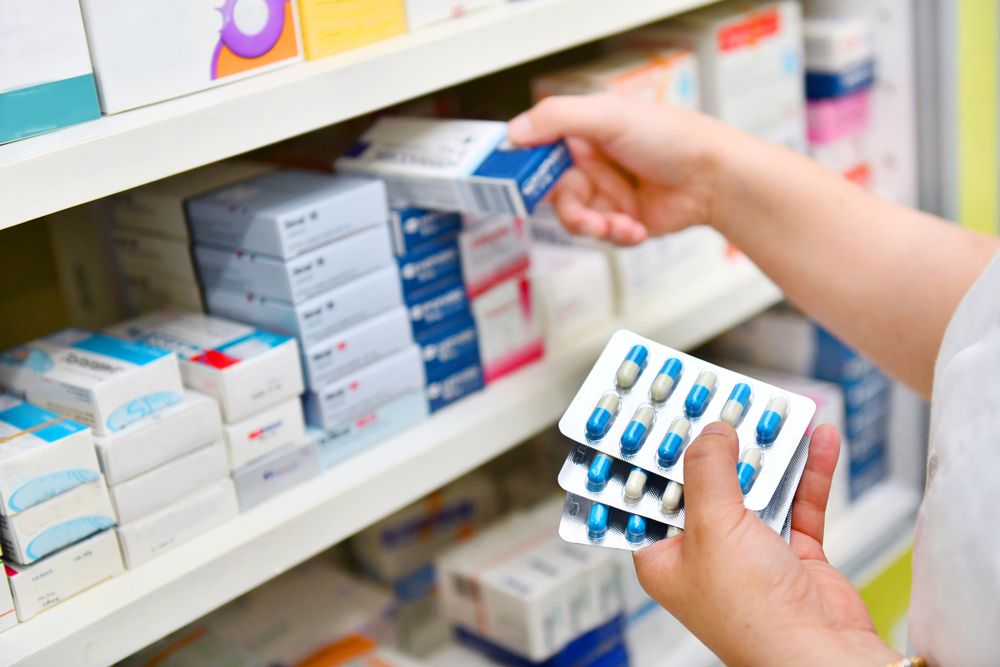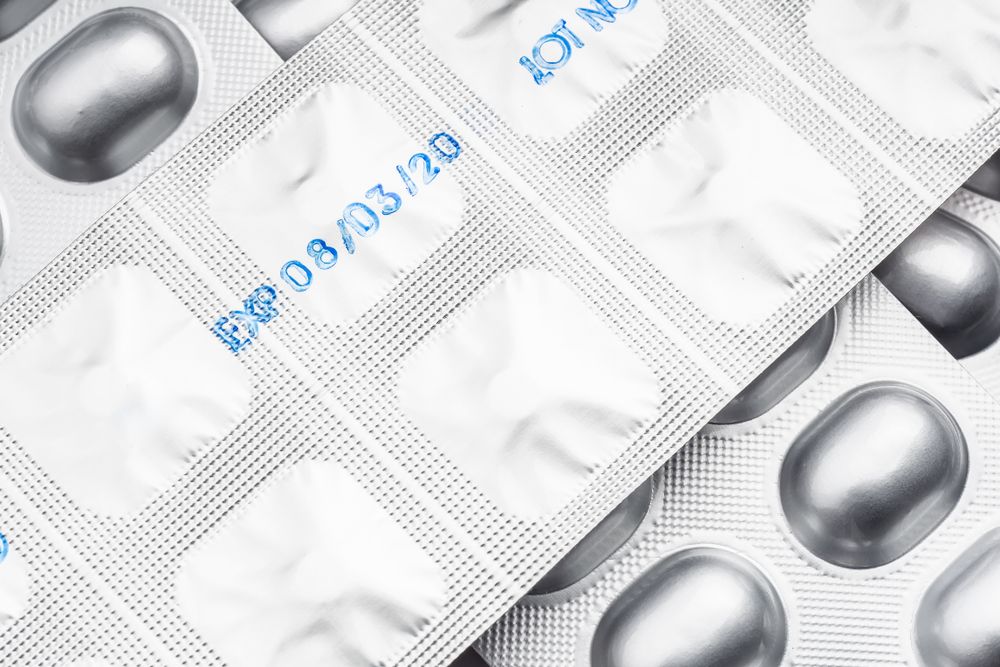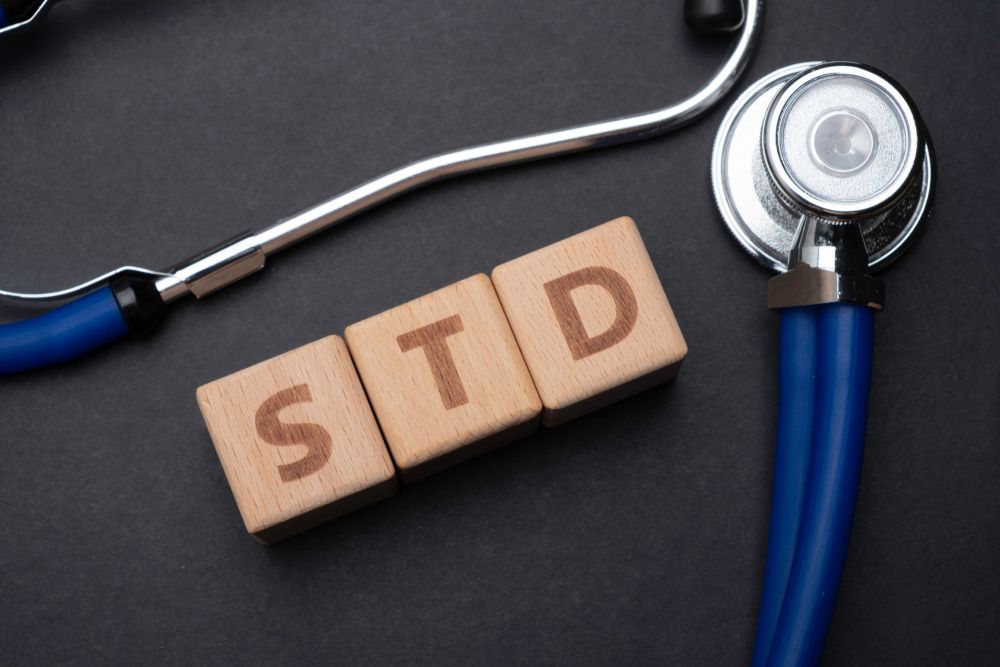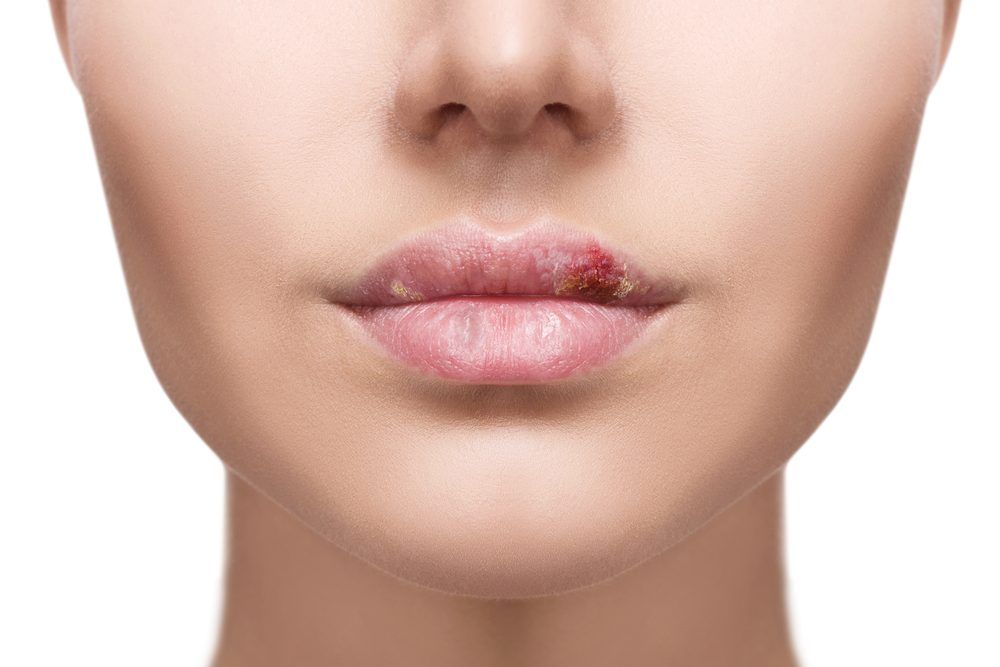A cold sore is a result of infection with the herpes simplex virus 1. (Learn More)
Being infected with this virus is relatively common in the United States. (Learn More)
Cold sores usually develop in three stages. (Learn More) In most cases, an outbreak will be complete within a couple weeks. (Learn More)
Although cold sores are not generally considered potentially dangerous, there are some situations in which you should consider medical care. (Learn More) There are numerous over-the-counter treatments (Learn More) and prescription treatments that can be used to address the herpes simplex virus. (Learn More)
You can treat the current outbreak, and you can try to avoid future outbreaks. (Learn More) But attempts to avoid the virus that causes cold sores will most likely not be fruitful. (Learn More)
What Is a Cold Sore Really?
A cold sore develops on the outside of the mouth, typically on the lips. It is caused by the herpes simplex virus type 1 (HSV-1).
Sometimes, sores can appear on the gums, tongue, inside the cheeks, inside the nose, or even on other areas of the face. Most often, however, cold sores occur on the lips.
The virus can also cause sores on other areas of the body if it is spread to that area. Genital herpes, the HSV-2 virus, triggers sores in the genital area. It can occur as a result of someone with the HSV-1 virus touching your genital area with the infected area of their body.
How Common Are Cold Sores?
The HSV-1 virus is quite common. Some sources suggest that over 90 percent of the world’s population would test positive for it.
Epidemiological data suggests that about 65 percent of the United States population has detectable antibodies for the HSV-1 virus by the time they are 40 years old.
The virus only affects humans. It is contracted by touching an infected area of the skin, infected mucous membranes, or infected saliva. It is highly contagious.
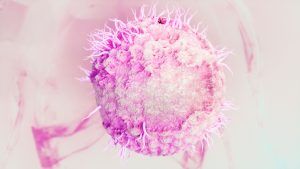
Stages of Cold Sores
There are generally three stages to the development of a cold sore. Some sources extend this to five stages.
- Primary infection stage (stage I): In the first stage, the virus enters the skin or the mucous membrane and reproduces. It may be asymptomatic (shows no symptoms), or it may produce blisters, sores, and other symptoms like fever.
- Latency stage (stage II): The virus moves to a section of the spine known as the dorsal root ganglion. It reproduces there, but it does not typically produce symptoms until it is reactivated.
- Recurrence (stage III): Certain types of conditions or triggers can reactivate the virus and cause the development of new sores. Common triggers include stress, fatigue, fever, hormonal changes, certain types of foods, and ultraviolet light. When these conditions reactivate the virus, the sores appear again on the lips and mouth.
Length of an Outbreak
The duration of the active phase of the HSV-1 virus is typically two to three weeks, which also includes the time for the sores to heal.
Symptoms associated with the sores can include muscle aches, irritability, fever, fatigue, pain, tingling, and itching. Pain, tingling, and itching are also common symptoms that occur on the lips or other areas before the sores actually start to appear. Pimple-like blisters or lesions may also appear.
In some cases of oral herpes, more serious symptoms may occur.
When Should I Seek Medical Care?
In most cases, an outbreak of the HSV-1 virus is not considered life-threatening. However, the sores may be painful, and you may have trouble eating or drinking. This could lead to potential problems with dehydration.
If children under the age of 1 develop cold sores, immediately take the child to the doctor. Severe complications, including the potential for brain damage, occur more commonly in young children. The younger the child with the developing cold sores, the more severe the potential damage can be.
Over-the-Counter Treatments
For pain, using anti-inflammatory drugs like ibuprofen products (Advil, Motrin, Excedrin) or acetaminophen (Tylenol) can reduce discomfort.
Many people use over-the-counter creams like camphor products (Blistex). Others use remedies like cornstarch paste, aloe vera gel, or even mint or tea leaves to reduce pain.
Other over-the-counter products can be used to lessen pain, such as rubbing alcohol, hydrogen peroxide, and ice packs. If you develop serious symptoms like fever, talk to your physician.
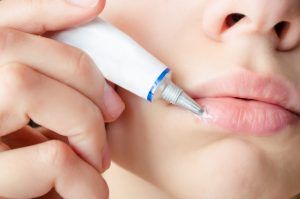
Prescription Treatments
For more severe blisters, lidocaine (Dilocaone) or other prescription medications can be used. Approved medications for both types of herpes include oral antiviral drugs like the following:
There is a cream that is approved by the Food and Drug Administration to treat oral herpes (the HSV-1 virus). The antiviral cream Abreva (docosanol) can be obtained with a prescription from a physician. It has research to support its use in the treatment of oral herpes.
If antiviral medications are applied early, before lesions develop, they can shorten the duration of an outbreak. However, there are currently no medications that can eliminate the virus from your body. Once you are infected with the virus, you will have it for life.
Research is being done on a potential vaccine, but it may be some time before any such vaccine is available.
The Best Herpes Treatment
A prescription cream is generally viewed as the best way to get rid of a cold sore. It should be applied at the first sign of an outbreak. Continue to apply the cream until the symptoms of the outbreak disappear.
This approach is often referred to as episodic therapy because the treatment is only performed whenever the outbreaks begin. The goal is to shorten the length of the outbreak.
In some cases, people continue to use the medication on a regular basis. This type of suppressive therapy can help to avoid future outbreaks. The approach is most commonly utilized when taking oral medications for genital herpes outbreaks, but it could be used with a cream for oral herpes.
Prevention
If you want to avoid getting the HSV-1 virus, you need to avoid touching skin, mucous membranes, or saliva of people who have HSV-1 blisters or lesions. In many cases, the lesions are not fully developed, so you may not notice them. As a result, this is a very difficult task given the number of individuals who are infected with HSV-1.
References
Symptoms, Causes, and Treatment for Herpes. (November 2017). Medical News Today.
Cold Sore. (December 2018). Mayo Clinic.
Oral Herpes. (November 2018). WebMD.
Everything You Needed to Know About Cold Sores. (May 2017). Medical News Today.
Herpes Simplex: Diagnosis and Treatment. (2018). American Academy of Dermatology.
Abreva. (December 2018). RxList.

